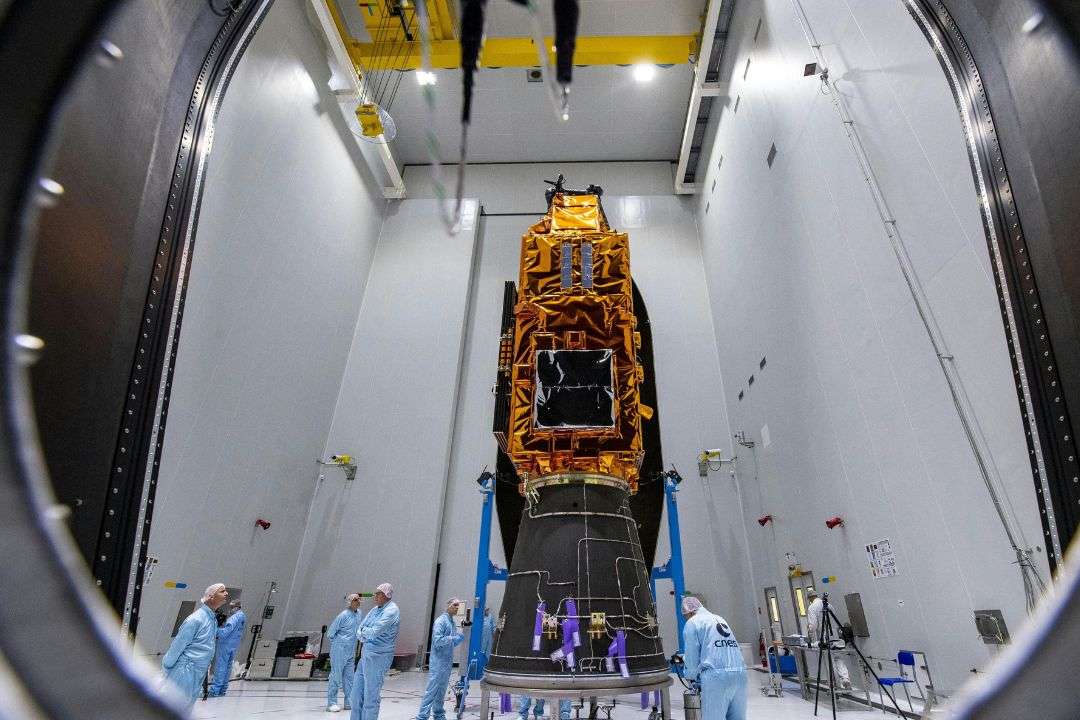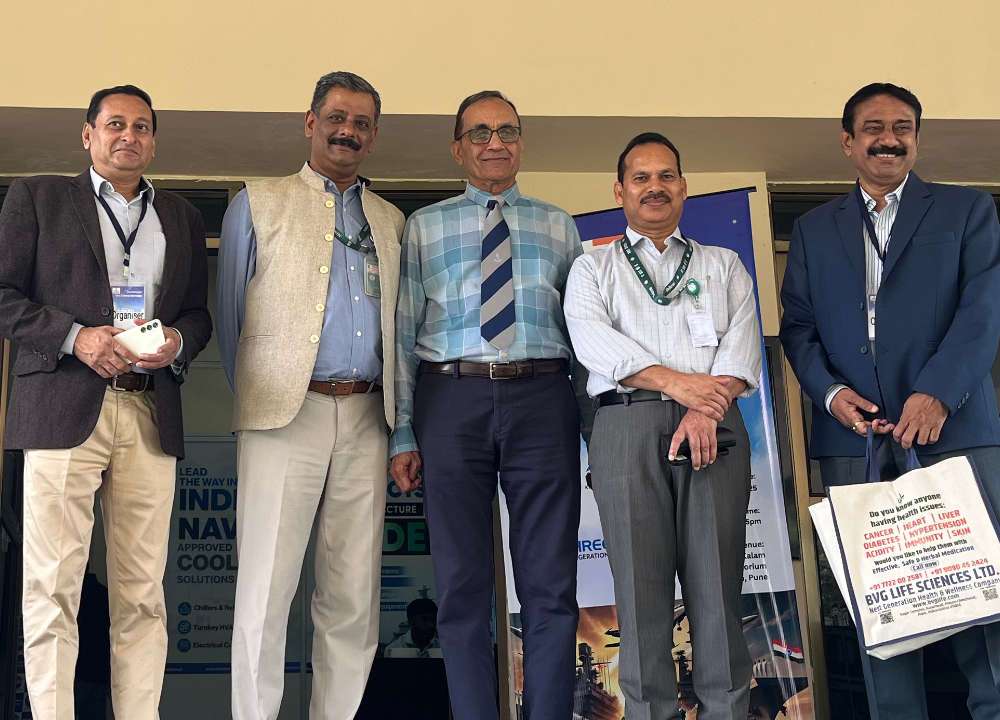The forest observation satellite Biomass, developed by Airbus for the European Space Agency (ESA), has been successfully launched into orbit. As part of ESA’s Earth Explorer programme, the mission aims to provide detailed measurements of global forest biomass using a first-of-its-kind spaceborne P-band synthetic aperture radar (SAR) system.
Launched aboard a Vega-C rocket from Europe’s Spaceport in Kourou, French Guiana, Biomass will operate at an orbital altitude of 666 kilometers for a duration of five years. The satellite is designed to support scientific research on terrestrial carbon stocks and fluxes, contributing to a more accurate understanding of the global carbon cycle and its implications for climate dynamics.
The spacecraft carries the first space-based P-band radar instrument, enabling the generation of high-resolution maps of tropical, temperate, and boreal forest biomass. This capability is expected to significantly enhance scientific models related to forest carbon content and the role of vegetation in climate regulation.
Beyond forest monitoring, Biomass will also support additional research areas including subsurface geological studies, paleo aquifer detection in arid zones, and ice sheet dynamics. Its radar technology allows for penetration of dense forest canopies to capture ground-level data, which will contribute to the refinement of existing digital elevation models.
The satellite’s 12-meter deployable radar antenna is engineered to capture high-precision data on changes in biomass resulting from deforestation, degradation, and natural regrowth. The mission is expected to provide continuous observation and monitoring to support both environmental research and resource management.
Airbus was responsible for the design, construction, and testing of the satellite across multiple facilities in Stevenage (United Kingdom), Friedrichshafen (Germany), and Toulouse (France). Final integration and launch preparations were completed in early 2025, prior to shipment to the launch site.
Post-launch activities include in-orbit commissioning and the operational deployment phase. A separate ground-based calibration system, located in New Norcia, Australia, will support data accuracy and validation. The Biomass project represents a collaborative effort involving more than 50 companies from 20 countries, reflecting the scale and complexity of international cooperation in Earth observation and climate science.








